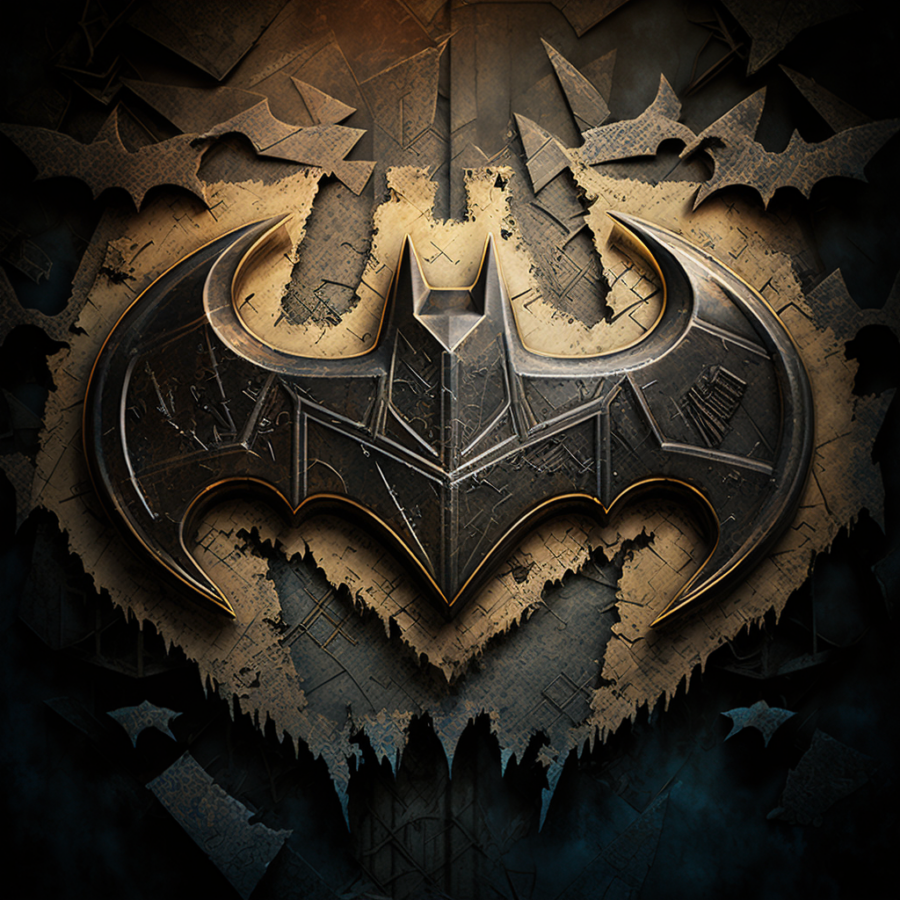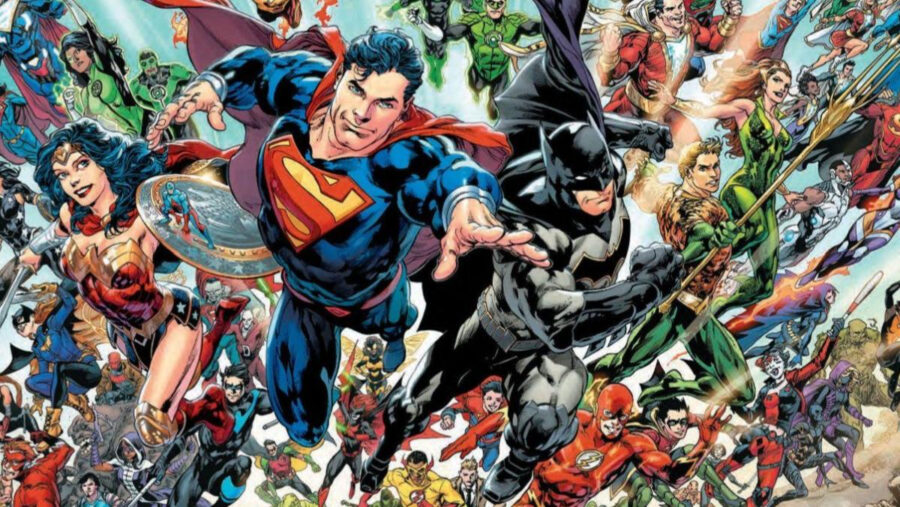Government Threats Prevented Batman From Fighting Certain Kinds Of Villains
In the 1950s, the Comics Code Authority made rules preventing Batman from fighting characters like Dracula and Frankenstein and what violence superheroes could use.

Created by artist Bob Kane and writer Bill Finger back in the 1930s, Batman is one of the most popular superheroes of all time. In addition to being featured in seemingly countless comics, the DC character has appeared in numerous films and television shows, such as Christopher Nolan’s The Dark Knight trilogy and Batman: The Animated Series. Despite his popularity, however, the Caped Crusader has faced numerous challenges over the years, including government censorship — which kept Batman from facing villains like Dracula and Frankenstein — according to CBR.
In the 1950s, the United States government grew concerned with the content of comic books, particularly those featuring superheroes like Batman. Officials became worried that comic books were corrupting children and promoting juvenile delinquency. As a result, the Senate Subcommittee on Juvenile Delinquency was established, and comic book publishers were called to testify.
In response to the government’s concerns, publishers like DC and Marvel began to self-censor their content. The Comics Code Authority (CCA) was created in 1954 to regulate the content of comic books and ensure that they were suitable for children. The CCA imposed strict guidelines on the types of content that could be featured in comic books, including restrictions on violence, drug use, and sex.

As a result, characters like Batman were prevented from fighting certain kinds of villains. The CCA prohibited the depiction of monsters, zombies, and other supernatural creatures in comic books. This meant that the Dark Knight’s rogues gallery was severely limited, and he was no longer able to face off against monsters such as Dracula and Frankenstein.
The CCA also imposed restrictions on the depiction of violence in comic books, which resulted in superheroes like Batman no longer being able to use their fists or other weapons to subdue criminals. Instead, they were forced to utilize more passive methods, such as trickery and escape. Not surprisingly, this led to a decline in the popularity of comics, with fans growing frustrated that their favorite heroes were unable to fight back against their enemies.
Fortunately, in the 1980s, the CCA began to relax its restrictions. As a result, comic book publishers were once again able to explore more mature themes in their stories. This allowed Batman and other characters to once again battle supernatural creatures and use more aggressive tactics to take down criminals.
Today, superhero infatuation is at an all-time high. With that said, Batman remains one of the most beloved storybook characters, and his popularity has led to numerous movies, television shows, and video games. Although the government’s censorship of comic books posed a challenge to the character’s creators, it ultimately failed to suppress the Caped Crusader’s enduring appeal.
The iconic DC character’s most recent outing was in 2022’s The Batman, starring Robert Pattinson, Zoe Kravitz, and Paul Dano. Just recently, Warner Bros. Discovery announced that a sequel, The Batman 2, is scheduled to arrive in theaters on October 3, 2025, with Matt Reeves returning to direct. But before that, the Dark Knight’s next adventure will be in the animated feature Batman: The Doom that Came to Gotham, which releases on March 28, 2023.











